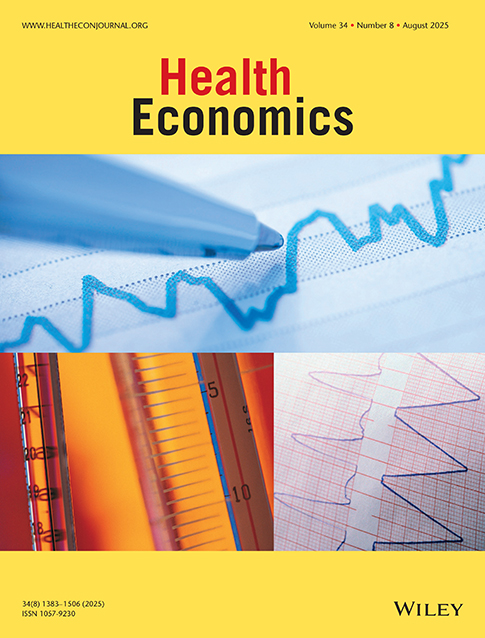To what extent do people prefer health states with higher values? A note on evidence from the EQ-5D valuation set
Abstract
The EQ-5D general population valuation set (or ‘tariff’) is increasingly being used in the evaluation of health care interventions and has been recommended by the National Institute for Clinical Excellence (NICE) for use in cost-utility analyses of health technologies. To be of use to decision-makers, the health gain implied by changes in health state values must reflect individual preferences. At the simplest level, if State A has a higher mean value than State B, then the majority of people should consider a move from B to A to be a good thing. In this paper, we examine the extent to which this is true by re-analysing data from the general population study used to derive the EQ-5D tariff. We show that, on average, the difference in value between two states has to be as large as 0.20 (on a scale where one represents full and zero represents death) for 70% of respondents to agree with the sign of that difference (never mind its size). Results such as these have important implications for the use of the EQ-5D tariff that has been generated from these data. Copyright © 2004 John Wiley & Sons, Ltd.




